Creating a universal language
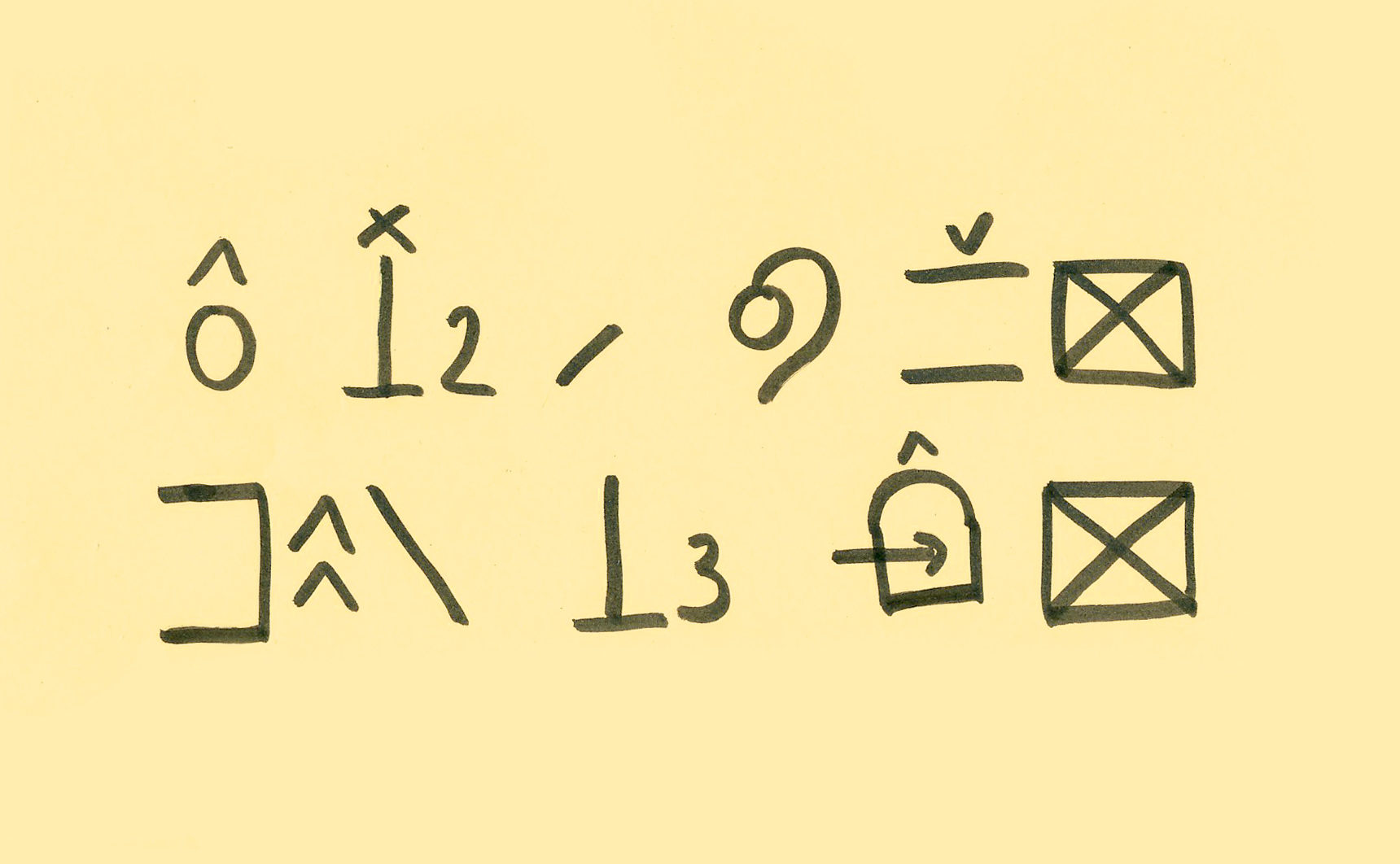
Bliss langage. 1st lign : Do you speak a universal langage? 2nd lign : at the office we understand everything
In the beginning there were sounds, and grunts. Then then came thought, expressed with signs and articulated sounds : language. No one knows which idiom was first common to mankind, or even if there was a unique language spoken on Earth before building up into many.
A language common to mankind
Armand de Vertus made the assumption (in a book from 1868, fascinating to read) that all primitive languages are based on "lunar ideology" : the observation of the moon in all its forms, from which all vocabulary was born. The moon as starting point to human expression? Why not, and it's not so surprising when you think that it was the only landmarkt to count days, celebrations and births.
He writes in The Primitive Language based on lunar ideography: "Considering the plants that covered the earth, the stars that shone in the sky, Man's thought grew not on names, since they had none, but on forms. Men thought without words. (...) They noticed that there is no object in nature whose shape is not more or less similar to a lunar form." Few linguists believed this. Since then, they have tried to link the scriptures to geographical roots or biblical languages, forgetting to raise, perhaps, their eyes towards the sky.
In the world, some scripts are a common basis for several cultures. In China, Japan, Korea and Vietnam, people use Chinese ideograms. Literary Arabic is the official language of the Quran, and brings together the Muslims of the world. Pali is used in Southeast Asia. Hieroglyphics were used in Babylon, Europe and the Middle East. And Latin was used as a reference for the literate people of the Middle Ages.
The threat of languages
With the fall of the Roman Empire, cultures and languages mixed and evolved, leading to the gradual decline of Latin as language of reference. Populations panicked, they were told that it was a divine punishment using the metaphor of the Tower of Babel. Men suddenly found themselves mumbling, babbling (Hebrew root BLBL gave "Babel") languages in which they no longer understood each other. "Seeing their foolish enterprise, God (...) stirred up discord among them by making them speak different languages, so that, thanks to this variety of idioms, they could no longer understand each other." Flavius Josephus in Jewish Antiquities (late first century).
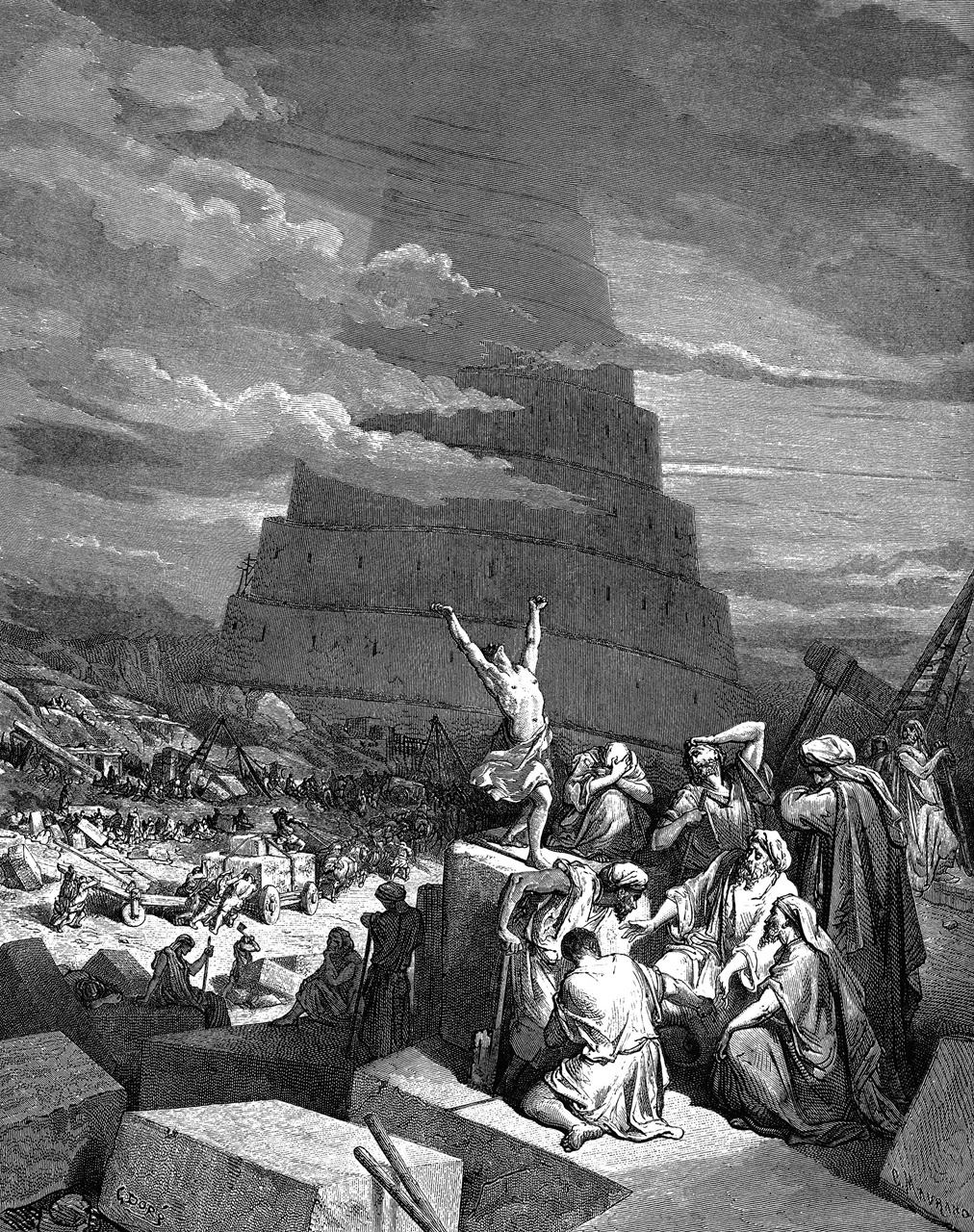
Confusion of languages, Gustave Doré, 1866
In order not to get lost, the search for a perfect language at the origin of all the others is then pursued: the Adamic language, derived from Adam. The most pious try to find this state of harmony to get closer to God. As Umberto Eco writes in his book The Search for the Perfect Language in European Culture: "The history of European culture is sprinkled with efforts to find the language that Adam spoke with God. Either it is sought in the past, as the Original Adamic Language, (...) or in the future, trying to invent a philosophical language that would be capable of reproducing the very structures of reason".
Signs, back to the origins
Searching for the common language of Men turns into a quest for a lost utopia. Philosophers, in a humanistic approach, cling to it to express the truth, or to restore the original language of Nature. As early as the 17th century, several men set out on this quest and invented spoken languages. We will mostly remember the Volapük created in 1879 by the abbot Jean-Martin Schleyer who gathered a few hundreds of speakers in the end of the 19th, and the Esperanto in 1887 which is still used today.
Among the first men, "all objects having a lunar shape could be used as letters, signs to write, to manifest one's thought without speech, or in conjunction with speech". De Vertus thought that originally the writing systems were signs, drawings, symbols, recalling various shapes of the moon, and written with wood, bones, or in the sand, before evolving into writings. Wanting to find a universal language therefore means plunging back into the origin of human thought, going back to nature. As Vertus wrote, "the knowledge of the first signs, their translation into sounds, is the key to hieroglyphics that contain (...) the true history or rather the photography of the first ideas formulated by mankind "
Pasigraphies, scripts readable in all idioms
As sign comes before scripts, we're intereted here by visual languages, aka pasigraphies, which go beyond languages because they do not need to be pronounced but simply understood. We owe the term pasigraphy (from the Greek πᾶς, everything, and γραφή, writing) to Joseph de Maximieux who invented it in 1797. It is a term used to define visual scripts readable in any idiom. These symbols are used primarily to communicate, and not to speak. We told you about yerkish a short while ago, used to communicate with the great apes. Here are some others.
1 - Egyptian hieroglyphics, ~3000 BC: language of Gods
These symbols are not exactly a universal language, because Champollion was able to associate a pronunciation to them, and thus understand that a sign did not simply or solely translate an idea. Composed of figurative characters, they are halfway between a pasigraphy and a writing, and are therefore perfect to introduce this series. Basically, hieroglyph means sacred engraving in Greek. The Egyptians called them medouneter, divine words. It is a language derived from the Gods. They were nevertheless used for more than 3000 years until the Roman period, evolving towards a cursive writing, the Demotic, before disappearing and giving way to Greek.
There are three types of hieroglyphs: ideograms, sign-words that designate an object, an action. The phonograms which correspond to a sound, and the silent signs which determine the lexical field of the word. Here is an excerpt from the famous Rosetta Stone, and below is the table defined by Champollion to translate it into Greek (click on the images to see them in full size).

Taken from Egyptian description, 1809
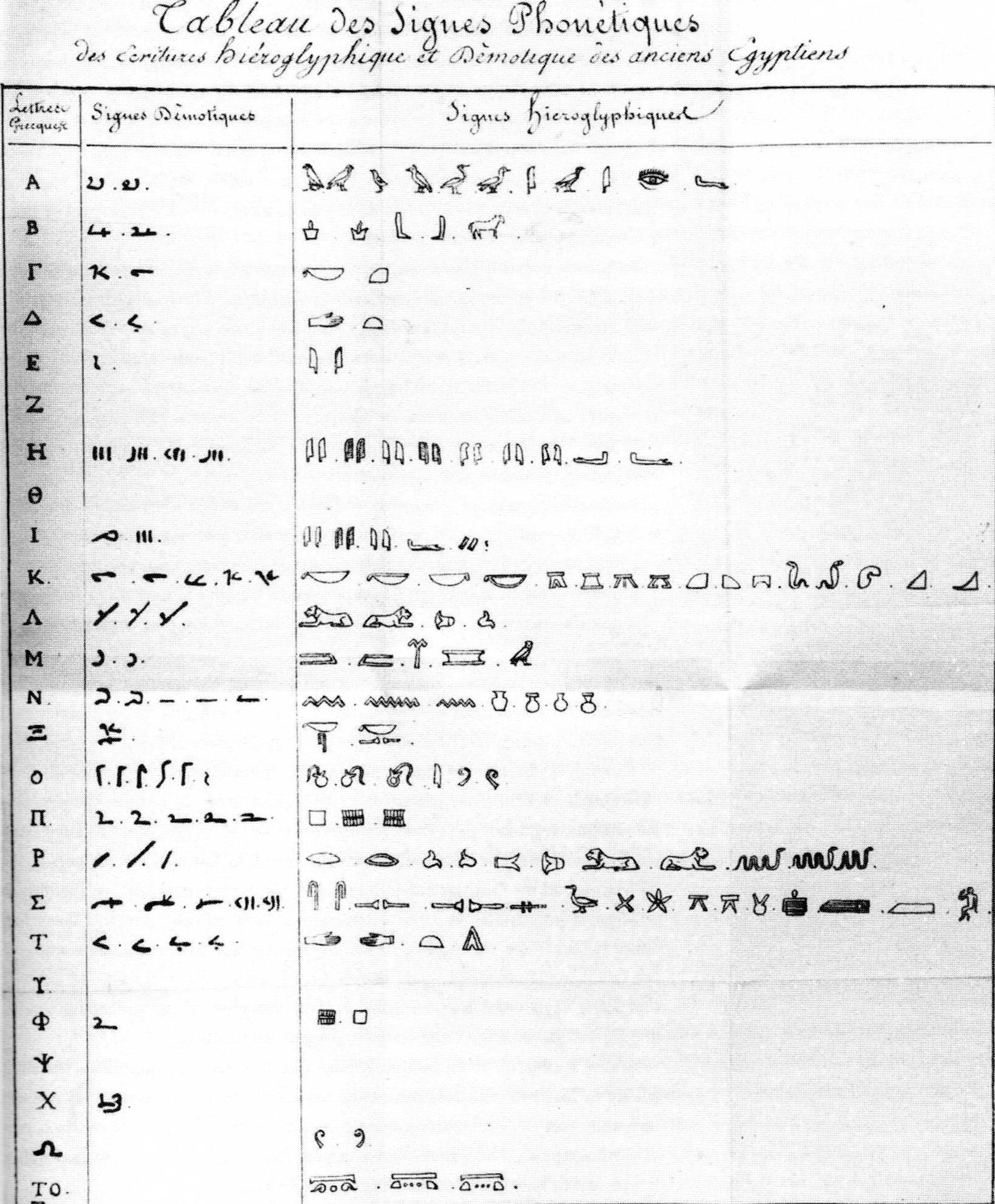
Jean-François Champollion, Letter to M. Dacier, 1822
2 - I-Ching (Yi-King, Yi-Jing), 1000 BC : language of nature and mathematics
If hieroglyphics could convey thoughts while being used as a script, the Yi-Jing is used to convey a thought, but not to communicate. It is therefore not a pasigraphy either, but the process is very interesting and has strongly inspired those in search of a universal language.
The Yi-Jing is a cornerstone of Chinese culture, the oldest text know, based on 5000 years of wisdom. It gathers 64 hexagrams and their explanations, nature-oriented, which are used during divinations. In his 19th century translation Charles de Harlez made the following explanation: "Yih-king is both a book of divination and a treasure of scientific wealth. All the principles of all sciences -natural, ontological, psychological, moral, etc.- are contained in it, condensed; it is only a matter of finding them. Unfortunately these treasures are covered by such thick veils that one may lift a corner but not unveil or completely unravel these mysteries". This book is for insiders only, and, like hyeroglyphs, you need a key to grasp its meaning. Its is known as "the book of Changes (transformations, or mutations, depending on the translation). Leibniz (discussed below), who was very keen on it, saw it as "the first formulation of binary arithmetic" based on 0 and 1, as Wikipedia explains.
Yi-ching is a system of thought based on the yin-yang binarity divided in a systematic way, which describes all the changing states of the world, indicating the path of Tao. Mathematically structured, it is based on the observation of nature. Each major yin & yang element is written in a trigram (three lines) composed of solid yang elements —, and separated yin elements – – and endowed with a Chinese character to name it: heaven, lake, fire, thunder, wind, water, mountain and earth. These graphic elements combine to form 64 hexagrams (of 6 lines) called koua.
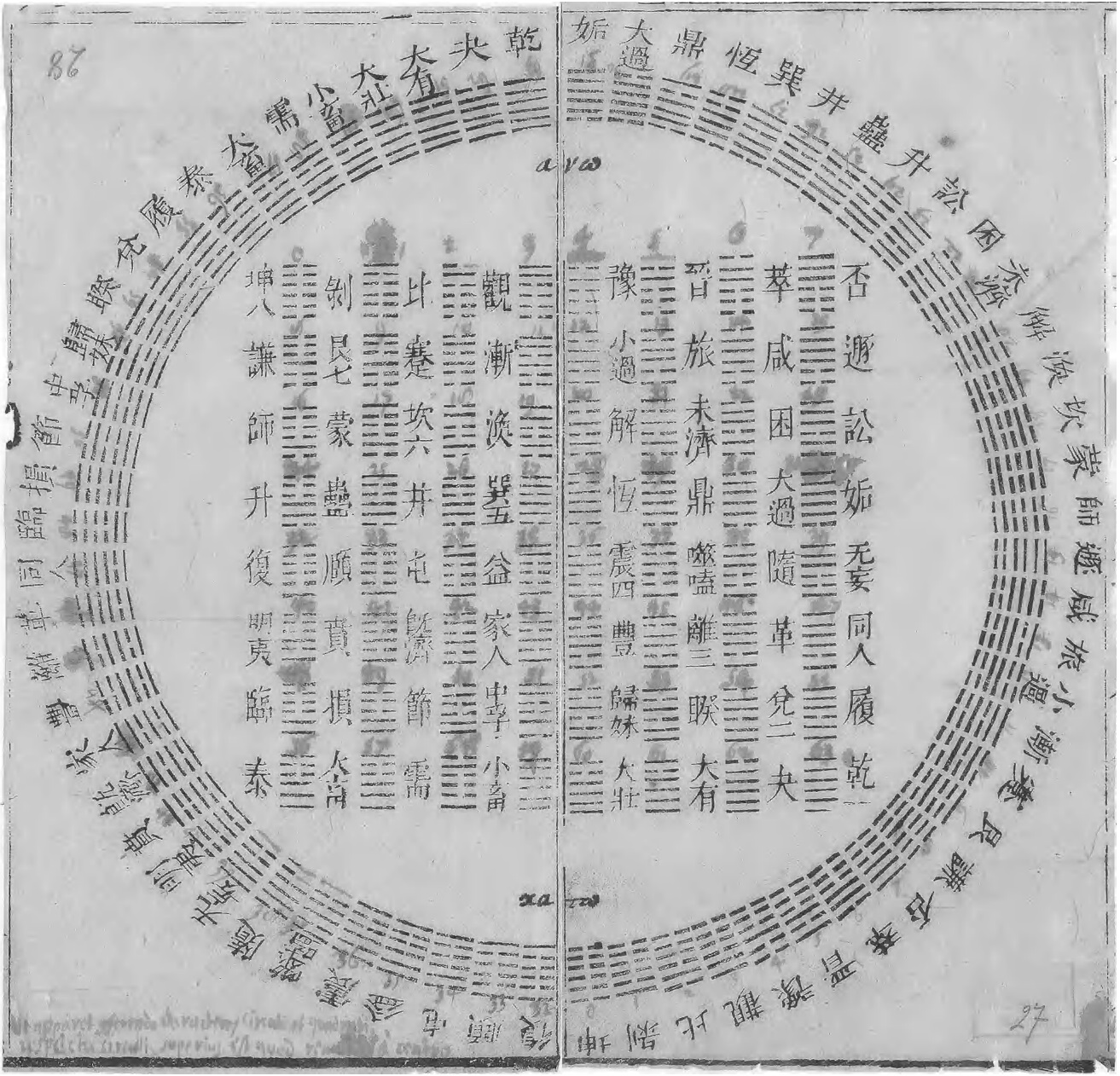
Yi-ching diagram sent by Joachim Bouvet to G.W. Leibniz on which the latter wrote down figures
Although simple in appearance, this language is difficult to grasp because of its translation and interpretation. Charles de Harlez explains how complex the Chinese language is, because "any sentence can, in general, due to the multiple meaning of words, be understood in different ways". The 1st koua generally translated by the term "sky" actually has the primary meaning of "the force that produces all movement, which generates, then sets, keeps in motion all beings, and leads them to their completion." We are far from the "sky"!
This oracle is still used today.
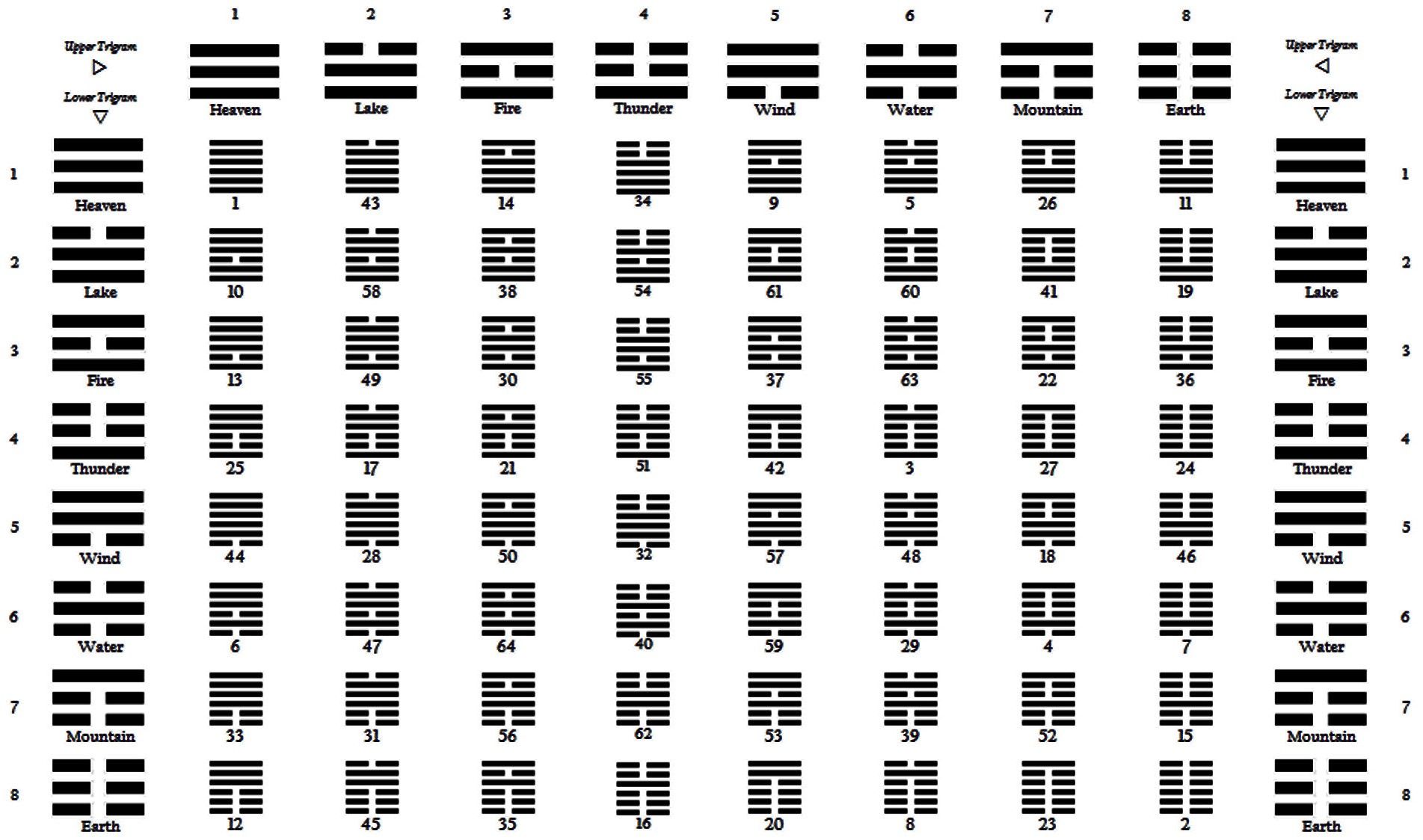
3 - Didascalocophus by Geroge Dalgarmo, 1680 : body language
George Dalgarno created a hand language for the deaf and dumb: the Didascalocophus. The idea is that the hand is divided so that each phalanx or area of the hand is associated with a letter designated with the opposite hand. For example, vowels with the fingers, consonants with the thumb, double consonants with 4 fingers together, or the nail against the skin. It is not a visual or graphic language as such, but a universal method to communicate with hands. The American Sign Language is derived from it.
4 - The Universal Characteristic by Leibniz, 1666 : language of reason
Leibniz, mentioned above, aims to create a universal and symbolic language that can translate any rational thinking: philosophy, mathematics, science, an exchange of ideas... His goal is to develop a form of calculation, an algebra, to consolidate reasoning. His language, which never came to fruition, was supposed to be able to be used with the calculus rationator, a computational machine based on an algorithm. He explains that "it could be, at the same time, a universal way of language or writing, but infinitely different from all those that have been projected so far; for characters and words themselves would direct reason; and errors, except for factual ones, would be only errors of calculation. It would be very difficult to form or invent this language or characteristic."
5 - Idéography (Begriffsschrift) by Gottlob Frege, 1848 - 1925 : language of pure thought
Following him, Gottlob Frege takes up and develops Leibniz's theory to bring it to life. He thus creates the Ideography, or Begriffsschrift in German. It is a "language expressing pure thought initiated by the language of arithmetic" as its creator explains. The language works with affirmations, contradictions, equivalences etc. which make the thought (expressed by letters) evolve. You can consult the book on gallica, but you will need to speak German to understand something. The Ideography is not a spoken language either, but a system of pure reason. A language of the matrix, in short.
6 - Le Bliss language de Charles Bliss, 1949 : langage universel
Charles Bliss, known as Mr Symbol Man, is the inventor of the most successful universal language to date. Created in 1942 but published in 1949 under the name of semantography, Bliss language is a simple visual language that can be used and understood by everyone. It is based on symbols that create concepts in logograms. For example, we create the word lion with the symbols animal + claws (= feline) + hair, or the word language (spoken) with the symbols ear + mouth. You can even find a graphic chart to learn how to write it well.
Charles Bliss spoke 6 languages as a child and realized as he grew up that no one really succeeded in creating a universal language as Leibniz wanted. Pacifist and humanist, he stressed that "the different languages are one of the greatest obstacles to the understanding of men", and wished to "help mankind" to understand each other. He then created a series of 50 basic symbols, figurative and simple, which he associated with a grammar, to form thousands more. You can consult or search for words on the blissonline website.
extract from Mr Symbol Man movie
He explains in the video: "Many teachers have asked me, how many hundreds or thousands of signs and symbols have you invented? And I answered, only 50, to which I added 30 international symbols such as numbers. And I combine them into thousands and thousands of expressions. Here are the simplest: mouth, eye, ear, nose, nose + mouth = taste, hand. Here is the action symbol, a cone of erupting volcano. And when I put the action symbol on the mouth, it reads talk. On the eye; see, observe. (On the ear) hear, listen. (On the nose) feel. And (on the hand) touch.
The book Mr Symbol Man explains the basics of this universal language, and the assembly of pictograms:
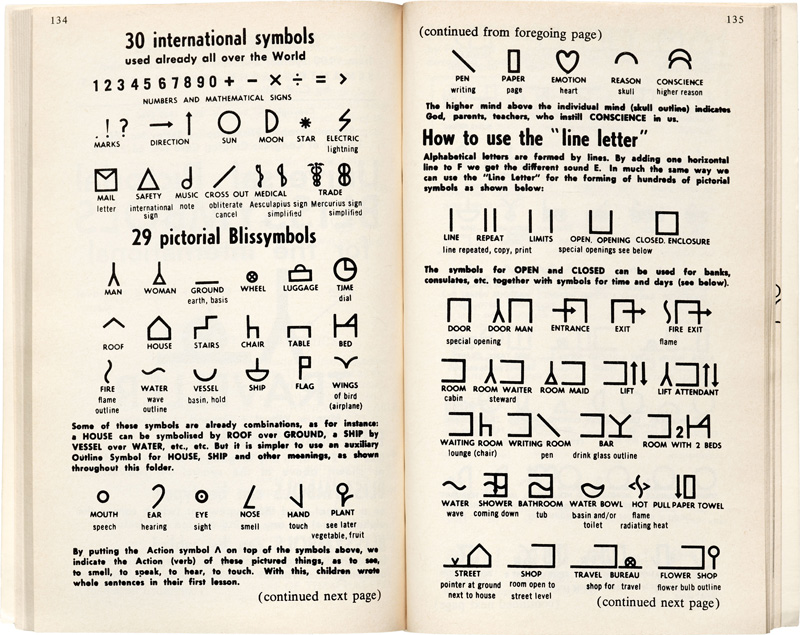
The Bliss language is a simple way to translate and illustrate concepts into images. Each ideogram defines the word, verb, or expression it symbolizes: for example toilet is a chair over water, and bathroom is a room with water. Therefore, to speak Bliss, you need to know the definition or meaning of the word you are using, a bit like when you play pictionary. For example, water lily is represented with the symbols flower + water. If the language is conceived on the basis of English logic, which is precisely very descriptive, it seems simple enough to be used in many cultures. On the other hand, the same word may have a different definition and therefore meaning, resulting in variable writing in different countries. In many places, for example, there is no chair in the toilet, but a simple hole. This is one example among many...
This language is one of the few to be practised nowadays. It is used a lot in hospitals (in the United States) to help people, both children and adults, who have lost their ability to speak.
Evolutive, it adapts to its time. An unofficial update has been done to create ideograms for COVID-19.
7 - Néosignes by Maximilien Vox, 1950 : heart language
Maximilien Vox develops the neosignes in 1950. This universal language will not succeed and will not be developed to its fullest. It works with a system of accented signs.
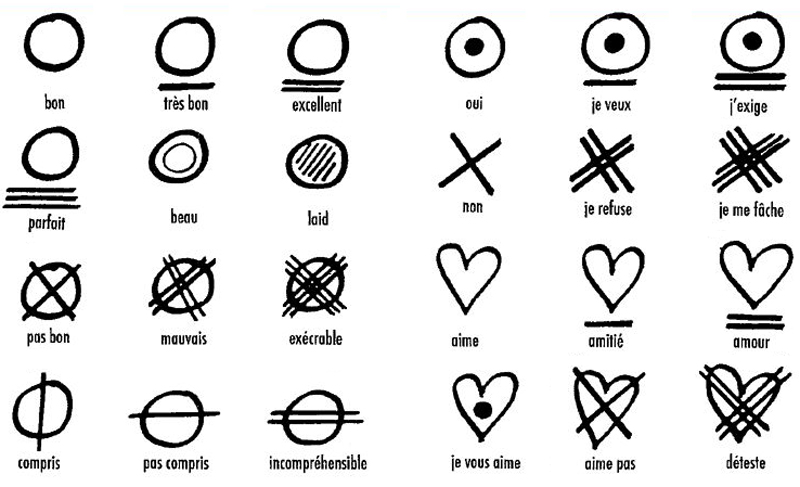
8 - Pasigraphie by Jean Effel, 1968 : one idiom for all
Jean Effel, almost at the same time, invented pasigraphy, with his Avant-projet pour une écriture universelle (Preliminary Draft for an universal writing). It is an ideographic writing "competitor" of the neosigns which picks its symbols from many languages: mathematical, metrological (measurements), typographic, but also comics, astronomy, medicine, the Michelin guide... It will not come to fruition either, for lack of means considering the scope of such a task. Effel, like Bliss and Leibniz before him, wanted to overcome the limits of language, which is harmful to human understanding and peace. He wanted to build a language that everyone could translate into their own language, accessible to the deaf and dumb, as a stepping stone to literacy, or as an aid to translation. You can consult his book at the Diderot library of Lyon, of which here are some extracts.
9 - The Universal Telematic Code by Cartier & Breton, 1987: pictographic language
Between code and language, the boundary is thin. The code is not used for writing, yet it conveys a message through symbols.
Language is not always written on paper. The digital age brought new needs, for an international clientele. Michel Cartier and Roger Breton used the same Effel approach to develop their Universal Telematic Code, which applies to the field of computer telecommunications (the Minitel for example). As Cartier explains, "the idea is to offer a signage code based on ideograms capable of combining with each other to provide users with intelligible messages". This language is a heritage "from the Egyptian, Chinese and Christian systems; it recovers the heraldic code and various sign systems," explains Gérard Blanchard.
At the time, it should be pointed out that the computer acronyms were mostly derived from the English language, an international standard. Cartier is Canadian, and wishes to develop a more neutral system. It is, according to Blanchard (A universal code for telematics) "a visual communication with a common universal language and not coming from a foreign language, English, not dependent on another culture". More than 400 symbols are thus created, like a lexicon.
Spoken language, drawn language, mystical language... In their search for the universal language, Leibniz and his disciples may have attempted to create the impossible. The universal language, if it should transcribe the pure thought of the human being in its multiplicity, is perhaps meant to remain elusive. From the language of pure reason invented by Frege arises a reasoning, a system, while Bliss' language, which seems more accessible, is based on a logic which is not universal and varies with cultures.
In the end, the divinatory or sacred symbols of the Egyptians and Chinese, figurative but poetic, may be a solutionof a universal language that leaves enough room for intuition and guided interpretation for this thought. Or should we look up to the moon again, to find our common roots?
Share this post:

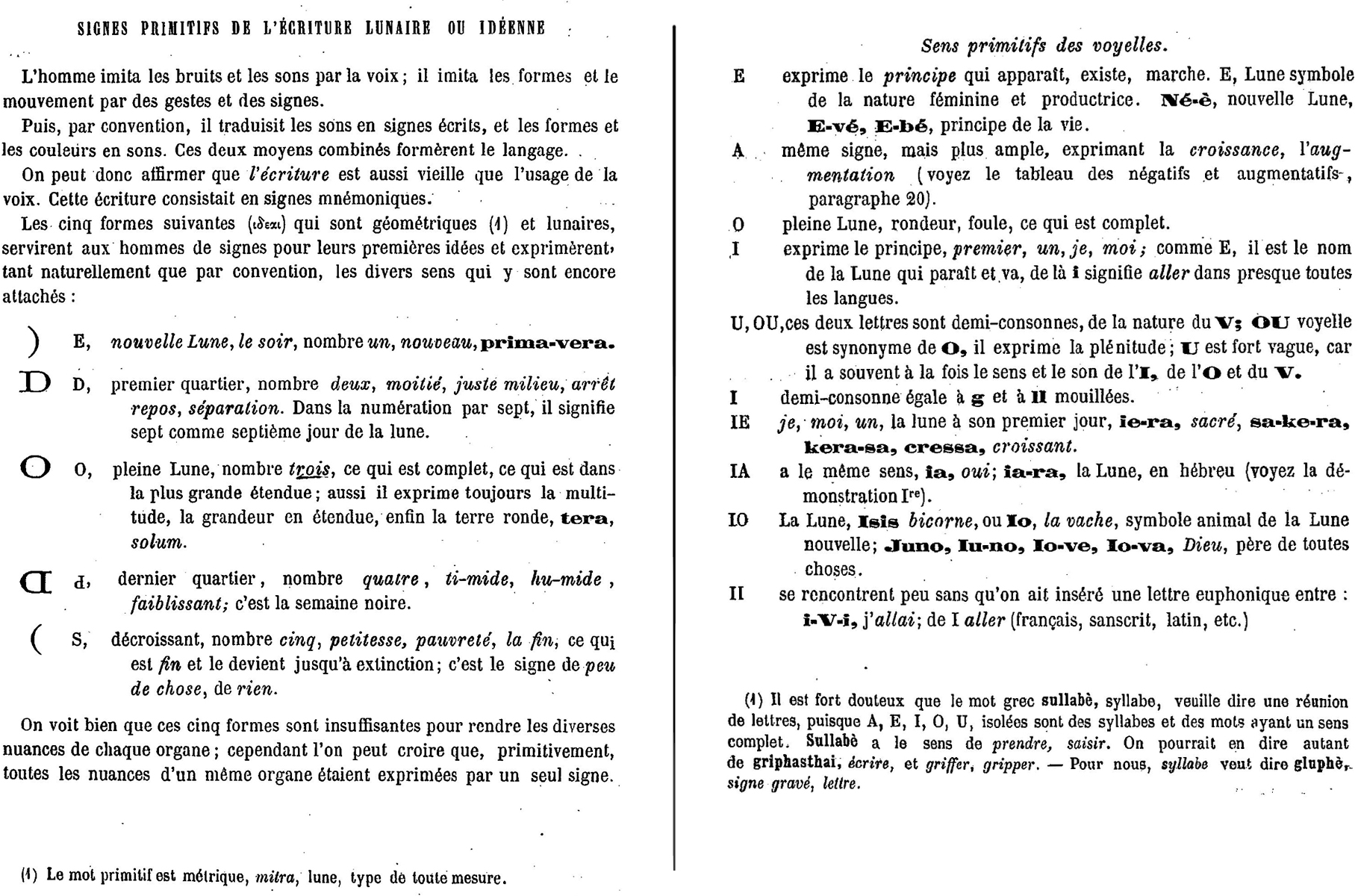
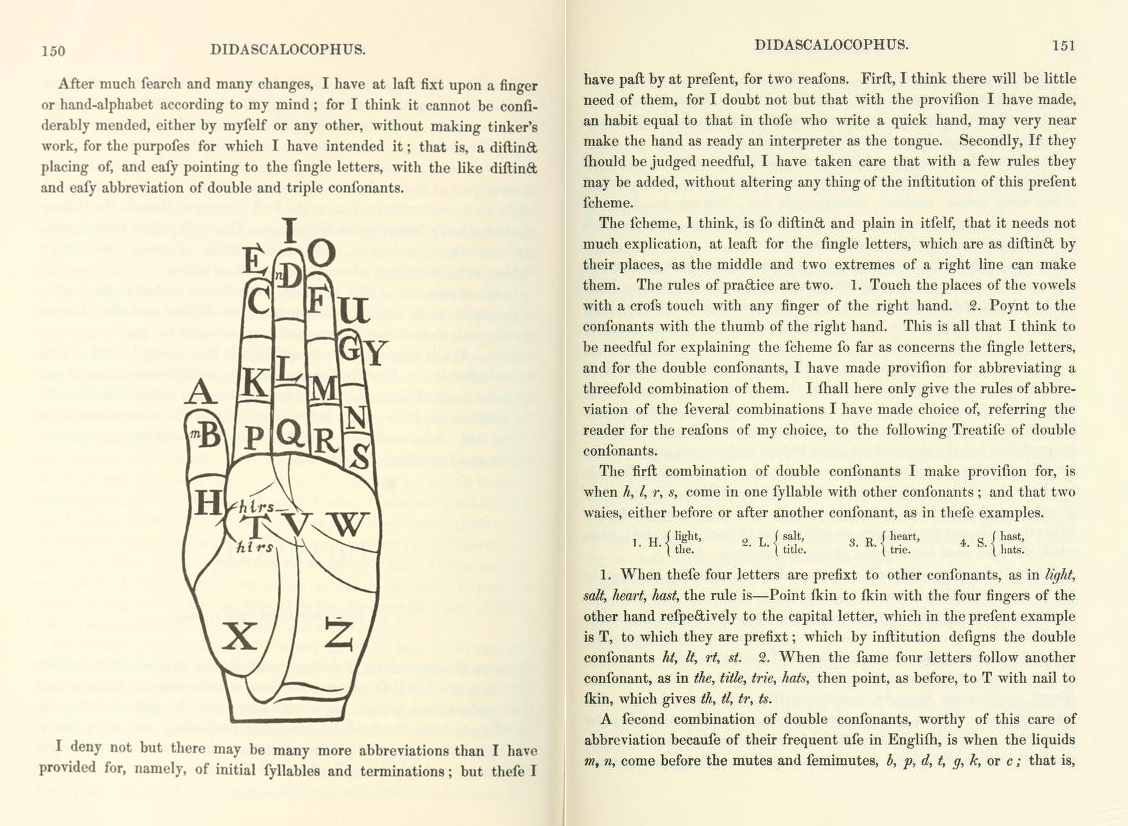
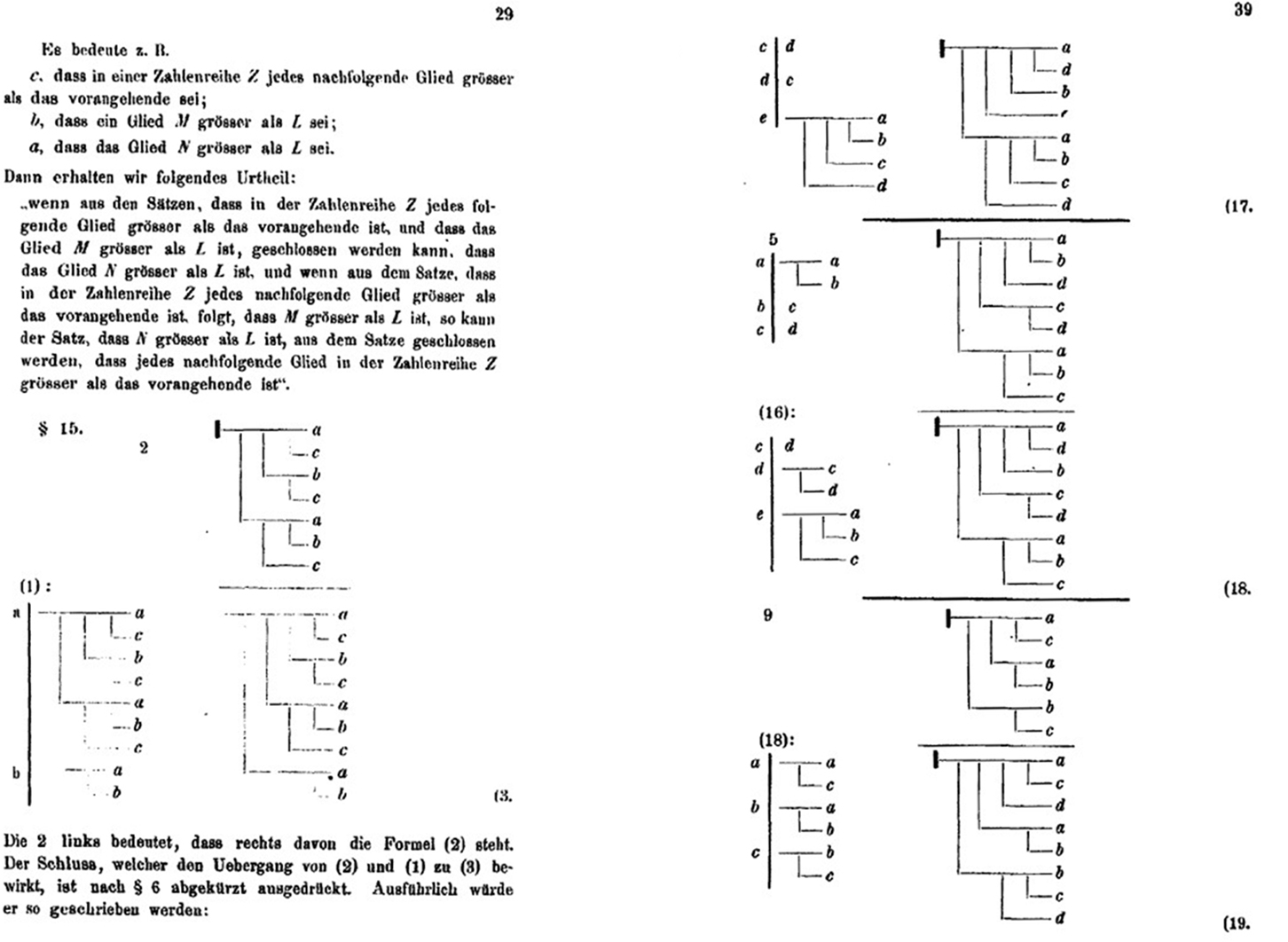

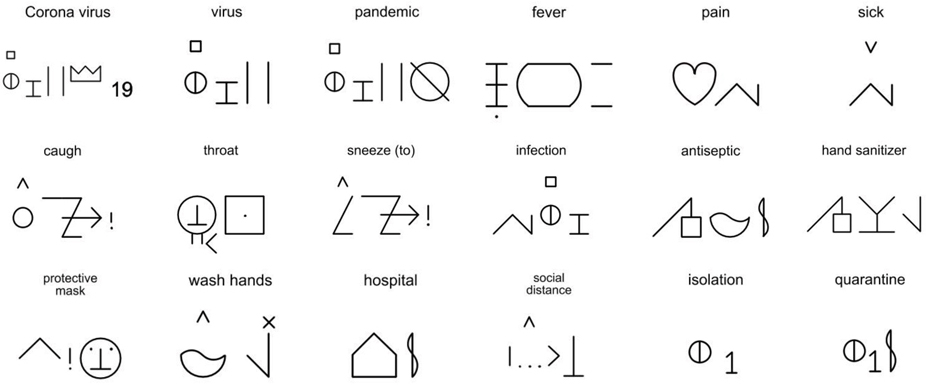
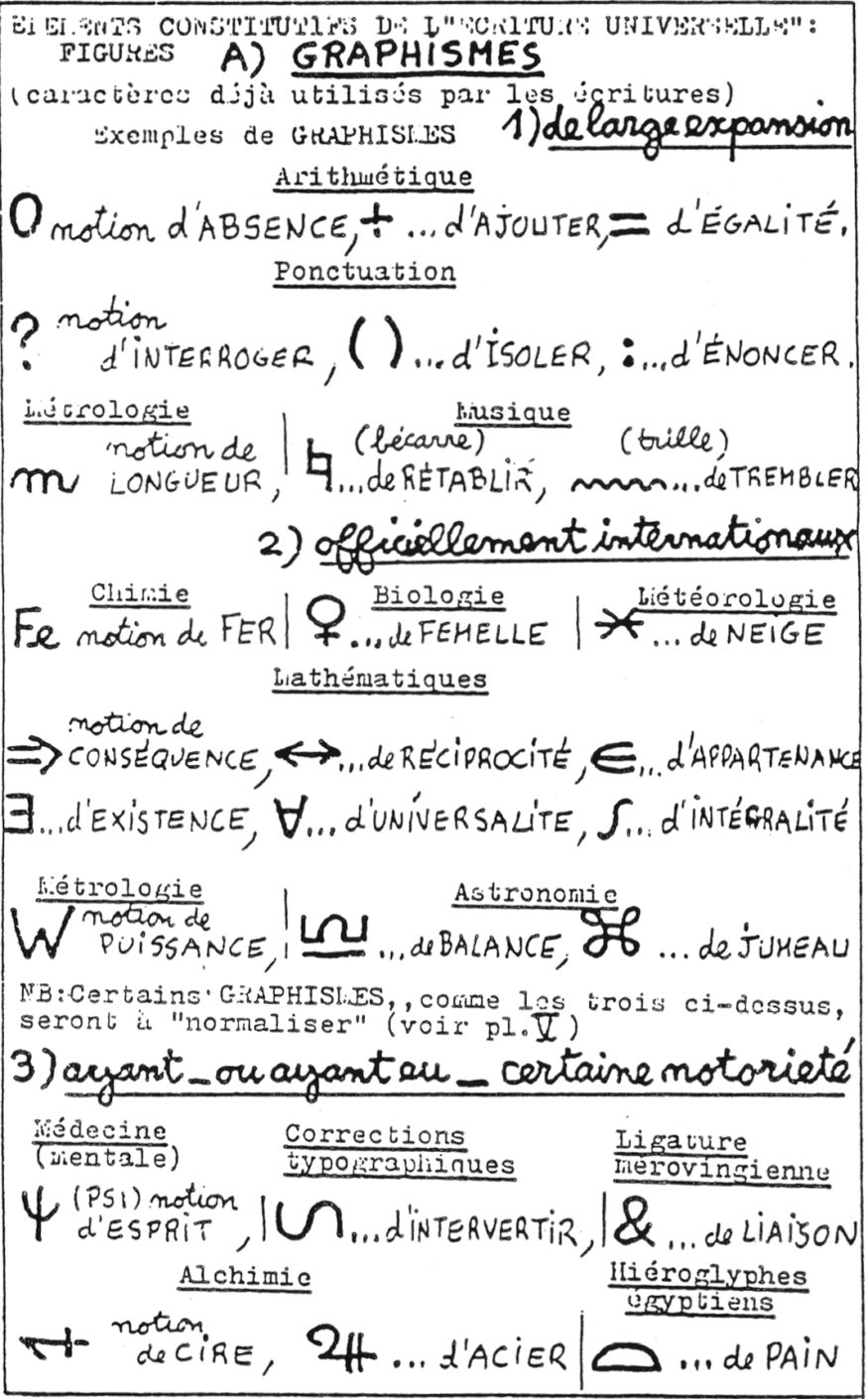
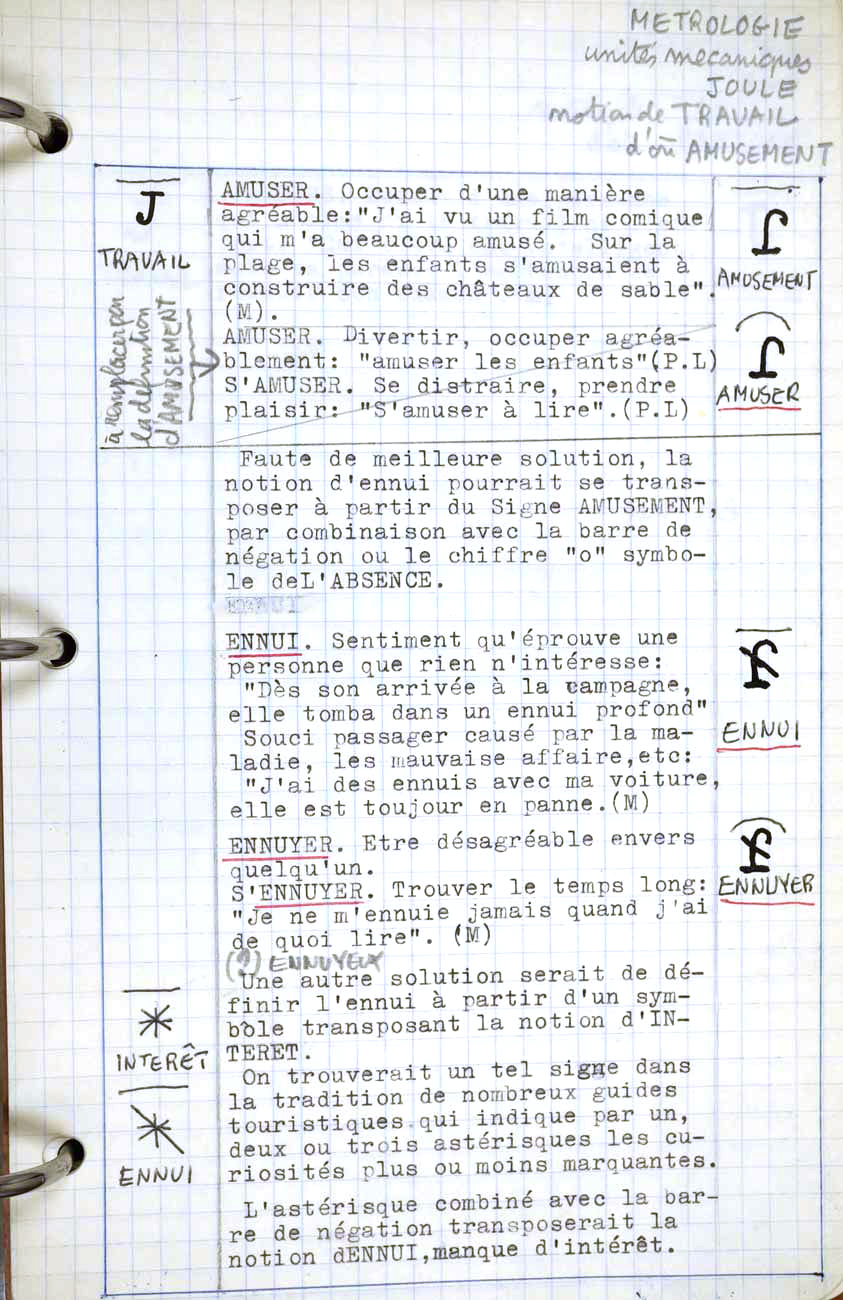
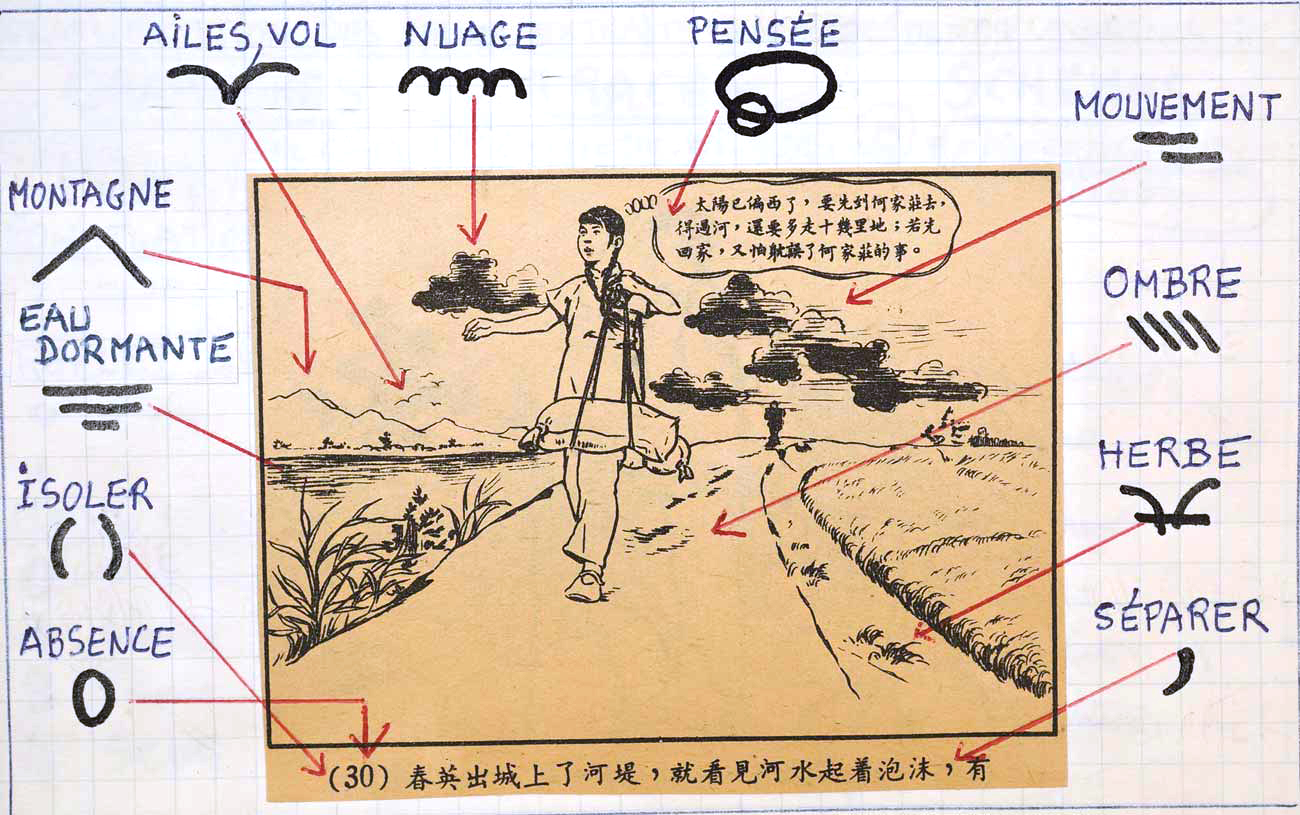
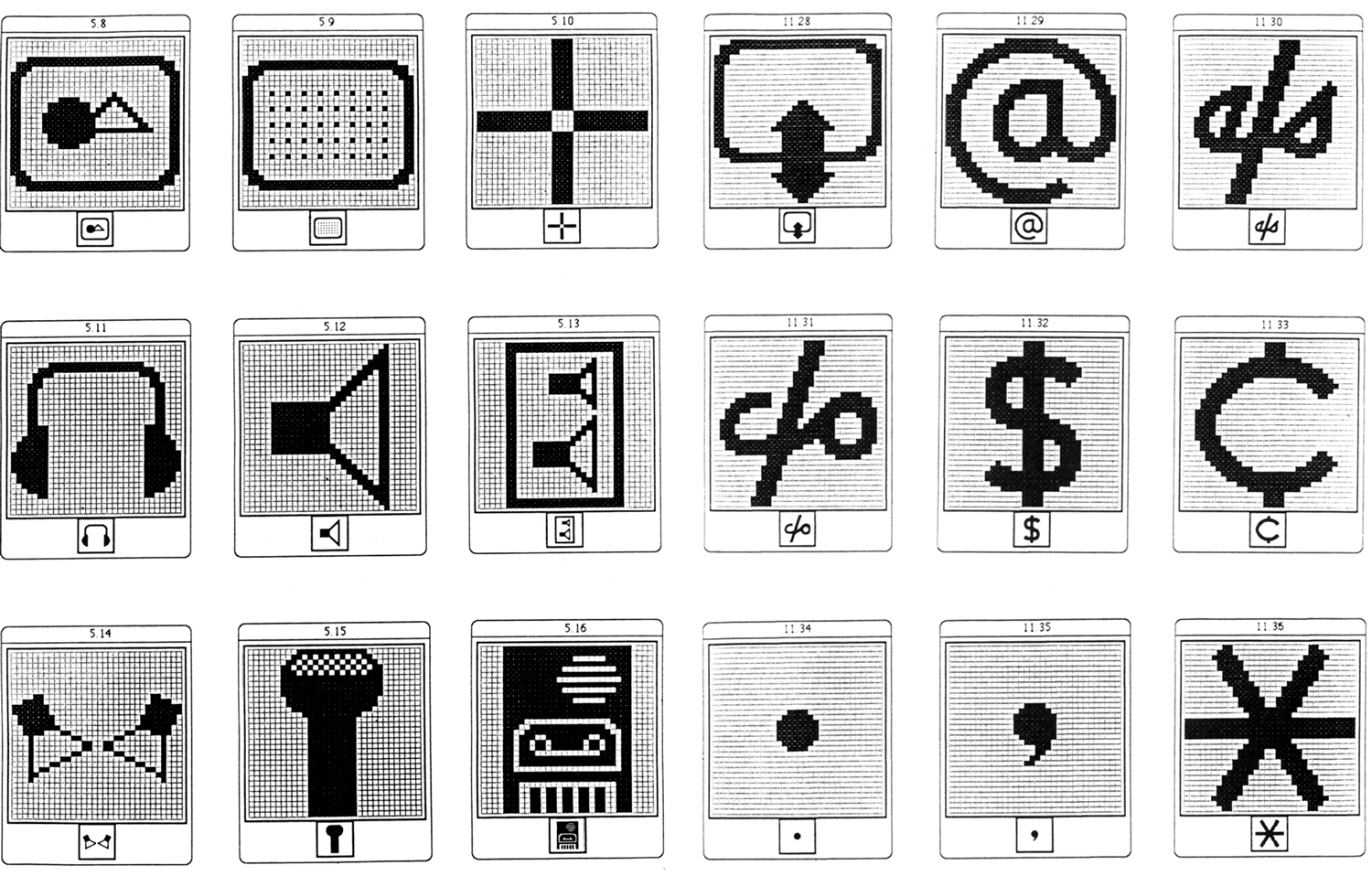
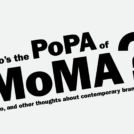
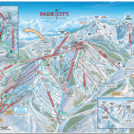
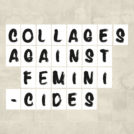
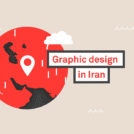
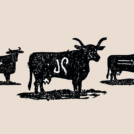
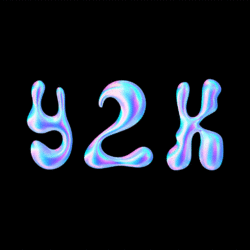 Y2K trend, the 2000’s style is back
Y2K trend, the 2000’s style is back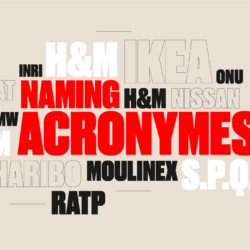 From surnames to acronyms: creating a brand name from letters
From surnames to acronyms: creating a brand name from letters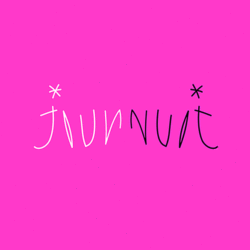 The smart set of ambigrams, graphic symmetry and word reflections
The smart set of ambigrams, graphic symmetry and word reflections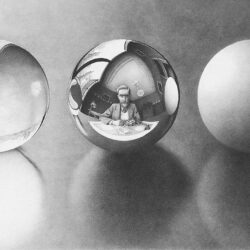 Maurits Escher’s impossible reality
Maurits Escher’s impossible reality The UN logo takes on water during COP28
The UN logo takes on water during COP28 Opéra de Saint-Étienne – Brand identity
Opéra de Saint-Étienne – Brand identity Hapticmedia – Brand design
Hapticmedia – Brand design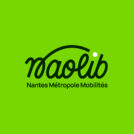 Naolib – Nantes Métropole Mobility
Naolib – Nantes Métropole Mobility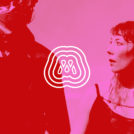 La Mouche cultural center – Brand identity
La Mouche cultural center – Brand identity Montluçon’s riverbanks project – Visual identity
Montluçon’s riverbanks project – Visual identity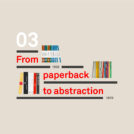 A short history of book cover design – 3/4
A short history of book cover design – 3/4 Miles Newlyn, cool design
Miles Newlyn, cool design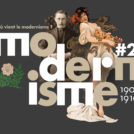 Where does modernism come from? 2 – The two faces of modernism and the social ideologies surrounding ornamentation
Where does modernism come from? 2 – The two faces of modernism and the social ideologies surrounding ornamentation The new BlaBlaCar logo wishes you a safe journey
The new BlaBlaCar logo wishes you a safe journey Debbie Millman: searching for the meaning of design
Debbie Millman: searching for the meaning of design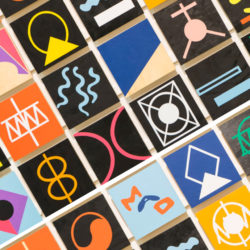
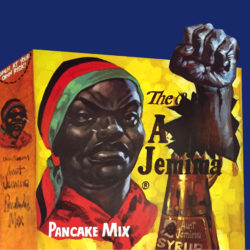
Leave a Reply